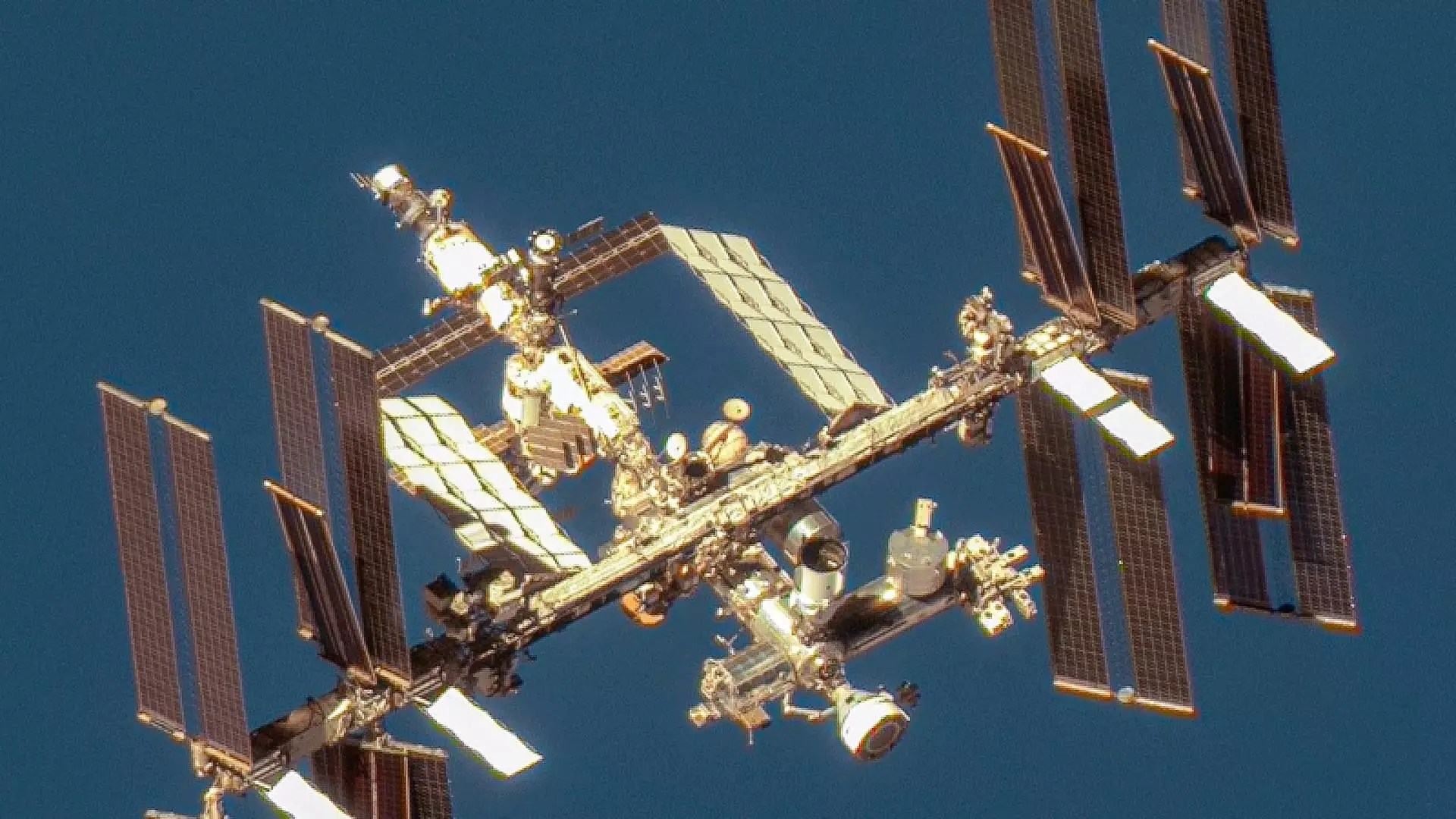NASA recently announced that Boeing’s Starliner capsule, named “Calypso,” will have an extended stay at the International Space Station. Originally planned for a nine-day mission, Calypso’s stay has now been extended to at least 17 days. This decision was made to allow for further spacecraft testing while it is docked with the ISS.
During the extended mission, Boeing and NASA will be performing a variety of tests on Starliner. These tests include operating the capsule’s hatch, firing seven of its thrusters, and checking the cabin air temperature. Additionally, the crew will be finalizing departure planning and operations. The agency also mentioned that Starliner would be repeating some ‘safe haven’ testing, although the reason for this was not specified.
Despite the successful launch and docking of Starliner with the ISS, the spacecraft has encountered several challenges during the mission. Before docking, a single leak was identified in Calypso’s helium propulsion system. Since then, four additional helium leaks have been detected. However, NASA has stated that the spacecraft has plenty of margin to support the return trip, with ten times the needed capacity of helium in its tanks.
Another issue that arose during the mission was related to the spacecraft’s propulsion system. Five out of the 28 thrusters in Starliner’s reaction control system were not operating properly. Although Boeing was able to recover four malfunctioning jets after troubleshooting, further testing will be conducted before undocking. This testing will involve evaluating the performance of the seven thrusters near the spacecraft’s tail through hot fire testing.
The crew flight test of Starliner represents a significant step towards NASA certifying Boeing for operational, six-month missions. Despite the challenges faced during this mission, Boeing remains confident in the spacecraft’s capabilities. However, Starliner has faced setbacks and delays, causing it to fall into a backup position for NASA. The agency now plans to have SpaceX and Boeing fly astronauts on alternating flights to the ISS.
The extended stay of Boeing’s Starliner capsule at the International Space Station presents both opportunities and challenges for the spacecraft and its mission. The additional testing and troubleshooting being conducted during this extended mission will provide valuable data for future missions. Despite the setbacks faced, Boeing remains committed to ensuring the safety and success of their crewed spaceflights.


Leave a Reply